 |
What is the sand collar that one often sees on beaches at low tide?
A sand collar is the egg case made by moon snails, of the
family Naticidae. The eggs are laid in a gelatin-like matrix with which
sand grains are mixed. The individual egg capsules can be seen under a
magnifying glass or microscope. When the little snails hatch, they swim
around for a while before settling on the bottom.
What is chitin?
The structural material that forms the shells of crustacea,
such as crab, lobster,
and shrimp.
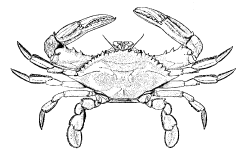 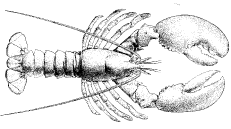 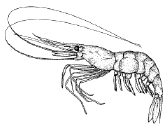
How does the consumer know that shellfish are safe to eat?
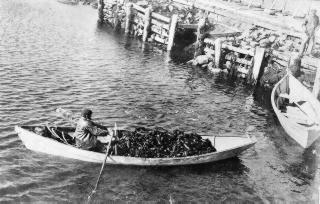
Clams and oysters in the shell should be alive and the shells
should be closed tightly or should close when the mollusks are tapped.
The U.S. Public Health Service, in cooperation with the States, has a
sanitation control program that covers the labeling and shipment of
clams, mussels, and oysters. These shellfish may be harvested only from
non-polluted waters and processed for shipment in sanitary plants
inspected by State shellfish inspectors. Authorities periodically test
water for sewage pollution and ban catches from polluted areas.
How unsafe are shellfish from polluted waters?
They are dangerous to man, causing mild to severe illness,
sometimes death. Both sewage and industrial wastes can affect
shellfish.
Will cooking make sewage-polluted shellfish safe to eat?
Not entirely. Cooking will kill bacteria that cause some
diseases, but it is not known whether certain virus diseases, such as
infectious hepatitis, can be prevented by cooking.
Is it possible to purify shellfish from sewage polluted water for safe eating?
Yes. Sewage polluted shellfish transplanted to clean water
purify themselves rapidly and become safe to eat.
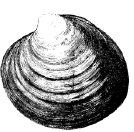 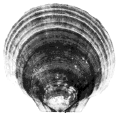 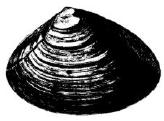 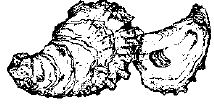
Do shellfish contain mercury levels dangerous to man's health?
No. Tests of shellfish to date have shown mercury levels to be
below those considered dangerous to humans.
  
|
 |